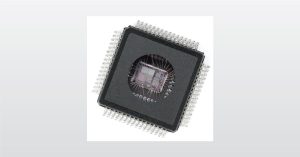
Component Product Qualification Webinar
In this webinar we introduce Microelectronic Component Product Qualification to understand and consider component reliability.
To enable certain features and improve your experience with us, this site stores cookies on your computer. Please click Continue to provide your authorization and permanently remove this message.
To find out more, please see our privacy policy.